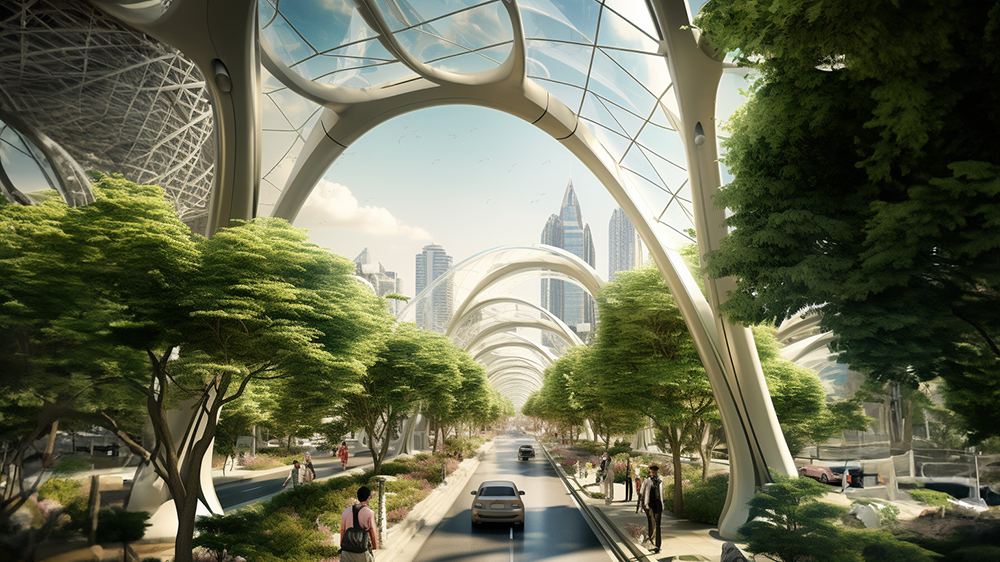
Qatar certainly has ambitions. Take, for example, its National Vision 2030, which includes four strategic pillars, aimed at human, social, economic and environmental development. With 360 degree approach to making future a bit closer, Qatar is now implementing the idea of Smart Cities. Unfortunately, there’re no flying cars (well, it’s just the matter of time), but these clusters are developing quickly, taking urban planning to the next level. Learn about two main projects — Lusail City and Msheireb Downtown Doha — wait, why are you packing already?
What are Smart Cities?
Smart city is an area, where technologies make everyday life easy and comfortable. By collecting data and analyzing it, assets, resources and services are managed efficiently. For example, artificial intelligence can support transport infrastructure — imagine there’s a road accident, and AI reacts promptly by regulating traffic lights all over the city, thus, helping to avoid heavy traffic jams. Smart cities are created to make living better in all ways, including environmental issues.
The long lasting influence of smart cities will result in carbon emissions reduction, improved mobility, healthcare, governance, economy and much more.
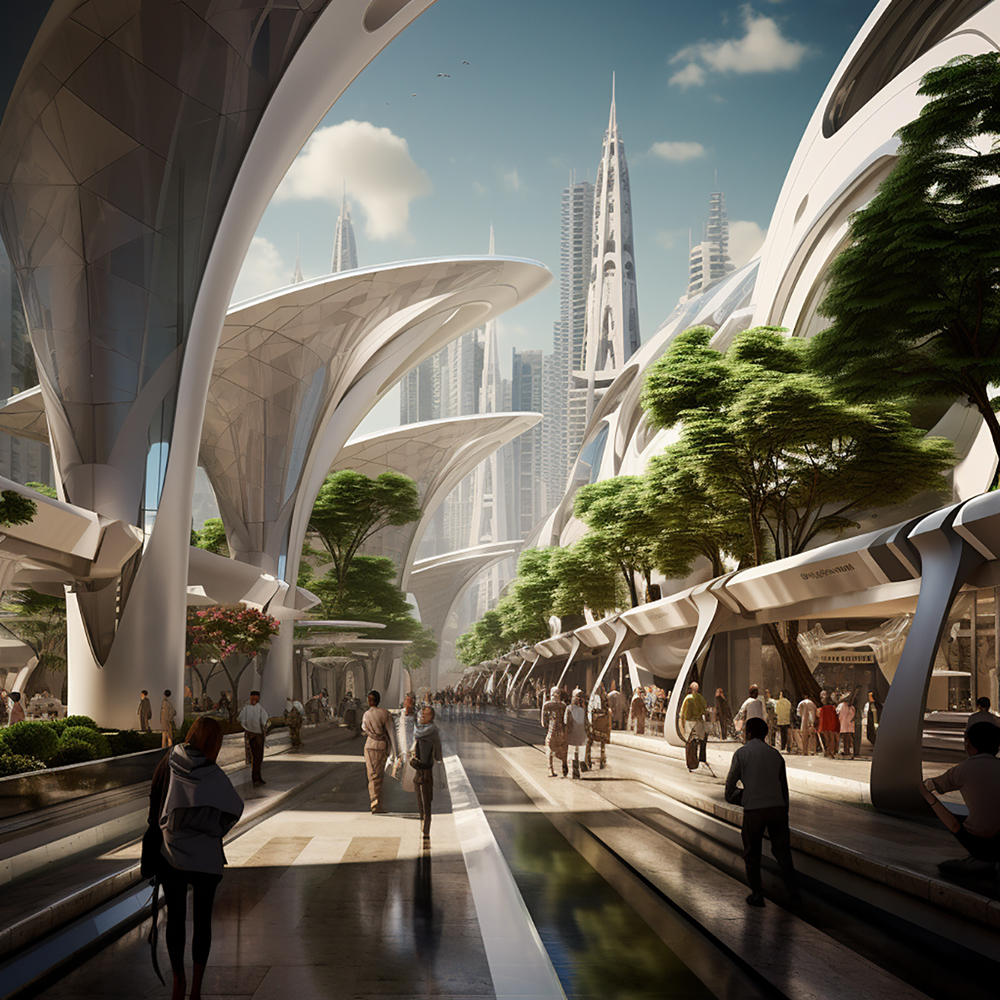
Qatar has been working toward their smart cities vision for years now. Digital transformation that will lead to a brighter future has started with a few projects, including Lusail City in the northern part of the country, along the coast of the Persian Gulf, and Msheireb Downtown Doha, which is, strictly saying, not a city but a district. Their joint budget is estimated to exceed $50 billion. The projects include real estate development for residential and commercial use as well as health facilities, schools, service centers. Smart buildings, autonomous vehicles, intelligent transportation, safety and security systems — this is what we expect from the smart cities.
Lusail City
Lusail City is located approximately 20 km away from Qatar’s capital, Doha. This is the city built from scratch in the past 20 years. The construction has begun in 2006, and is estimated to be done by 2025. Designed and developed with a strong emphasis on sustainability, modern technology, and urban innovation, the city is part of Qatar’s efforts to diversify its economy and reduce its dependence on oil and gas by investing in various sectors, including real estate and infrastructure.
The city was conceived as a meticulously planned urban development. It covers an area of about 38 km2 and was designed to accommodate a population of up to 450,000 residents, which makes it the second-largest city in Qatar. While the construction still goes on, Lusail has already hosted guests during the 2022 FIFA World Cup. It is also the site of a Formula One race track. Lusail comes with skyscrapers, a university, wide-open boulevards and a marina for luxury yachts.
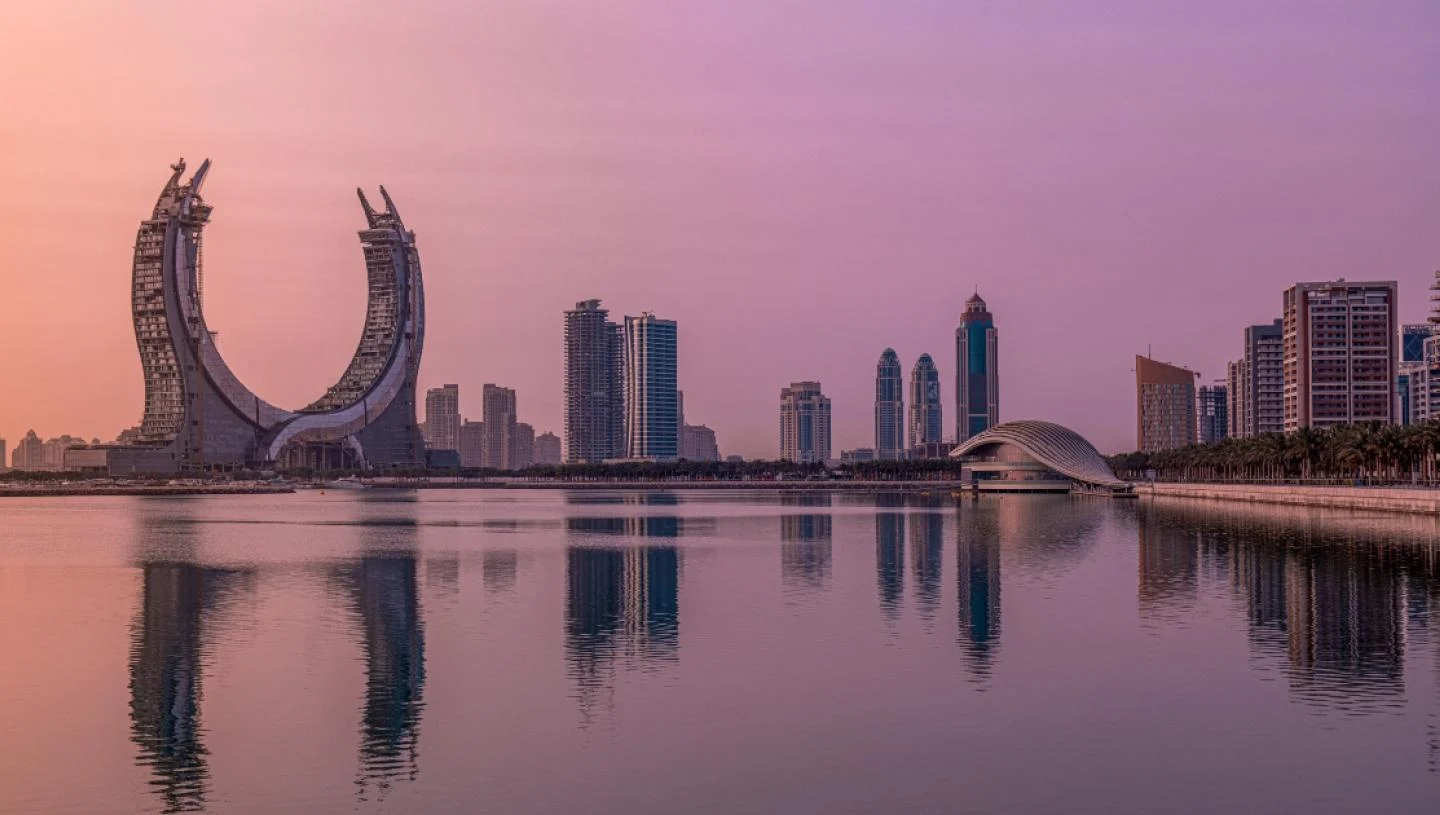
Sustainability is a central focus of Lusail’s development. The city incorporates green building principles, energy-efficient technologies, and sustainable urban planning practices to reduce its environmental impact. This includes green spaces, efficient transportation systems, and the use of renewable energy sources. It’s the first city in Qatar to endorse GSAS (Global Sustainability Assessment System). Nowadays, all Lusail buildings hold a GSAS rating of at least two stars, which proves that they’ve achieved numerous targets such as energy consumption efficiency, water conservation, local material sourcing and recycling, and outdoor environment quality. Lusail features the technology of District Cooling (you can read more about it in our Dubai Endless Summer Issue). The system, designed by Marafeq Qatar, will save 65 million tons of CO2 annually.
33 parks scattered throughout the city will also make a contribution to the air quality and provide citizens with 10.3 hectares of open space.
Finally, an advanced transportation system includes 38 km of rail, and connects all 19 districts, plus Doha Metro network.
Msheireb Downtown Doha
Msheireb Downtown Doha is the flagship project of Msheireb Properties, a subsidiary of the Qatar Foundation, an education and research organization. The construction of a district took over eight years, and around $5.5 billion.
Msheireb is considered to be world’s first fully built smart and sustainable city district.
While Lusail City was built from scratch, Msheireb remains a part of Doha, that’s why the aim was to blend Qatar’s architectural heritage with modern design, and integrate delicately into the biggest picture. Sustainability experts highlight the success of the venture, calling Msheireb “the best example of urban regeneration in the region”.
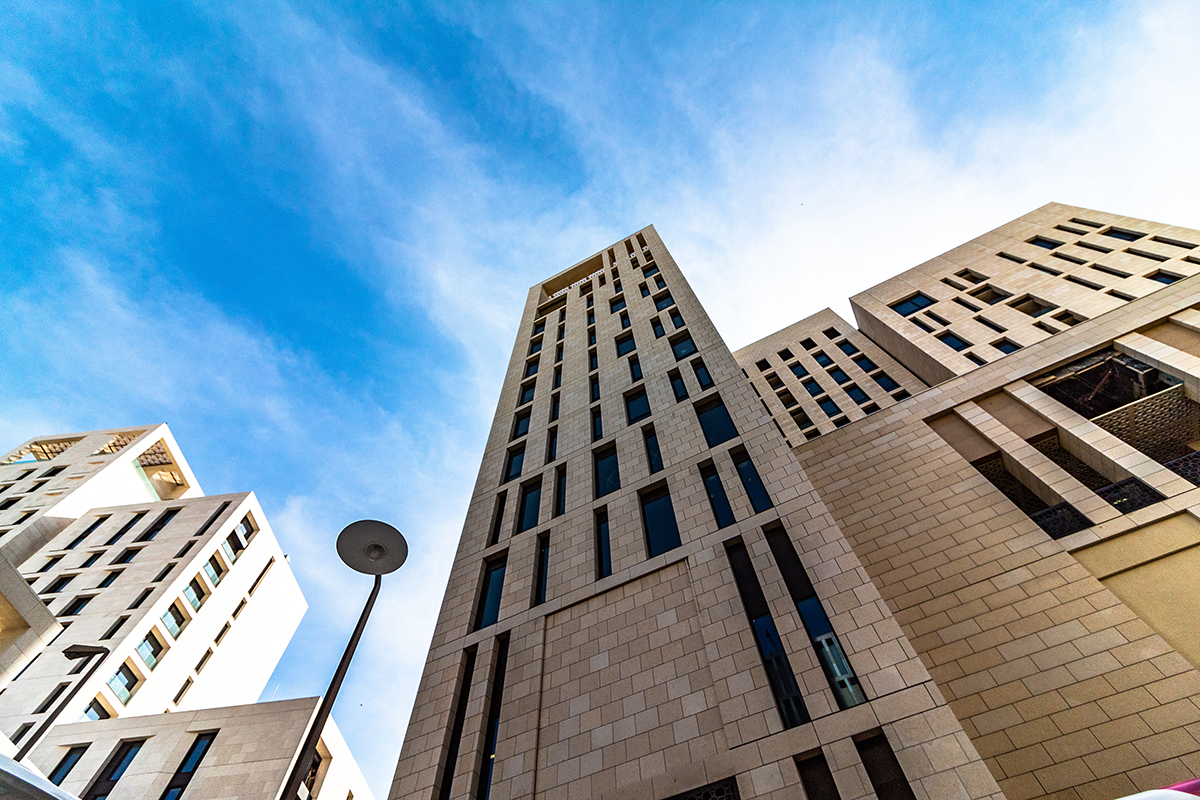
The district is fully sustainable with all buildings either Gold or Platinum LEED-certified, and many of 100+ buildings are fitted with solar panels, and solar water heaters. Grey water (rainwater, air conditioning condensation etc.) is recycled and reused for irrigation or toilet flush. All these measures are taken to reduce historically high level of CO2 emissions in the region.
Another achievement for Msheireb is street planning. A lot of buildings in the district feature overhangs designed to shade the sidewalks. If you live in the region, you’ll agree that the true future begins here — when you’re able to go for a walk, or just enjoy your morning cup of coffee outside. For example, on Barahat Msheireb — the biggest open-air covered pedestrian square in the region.
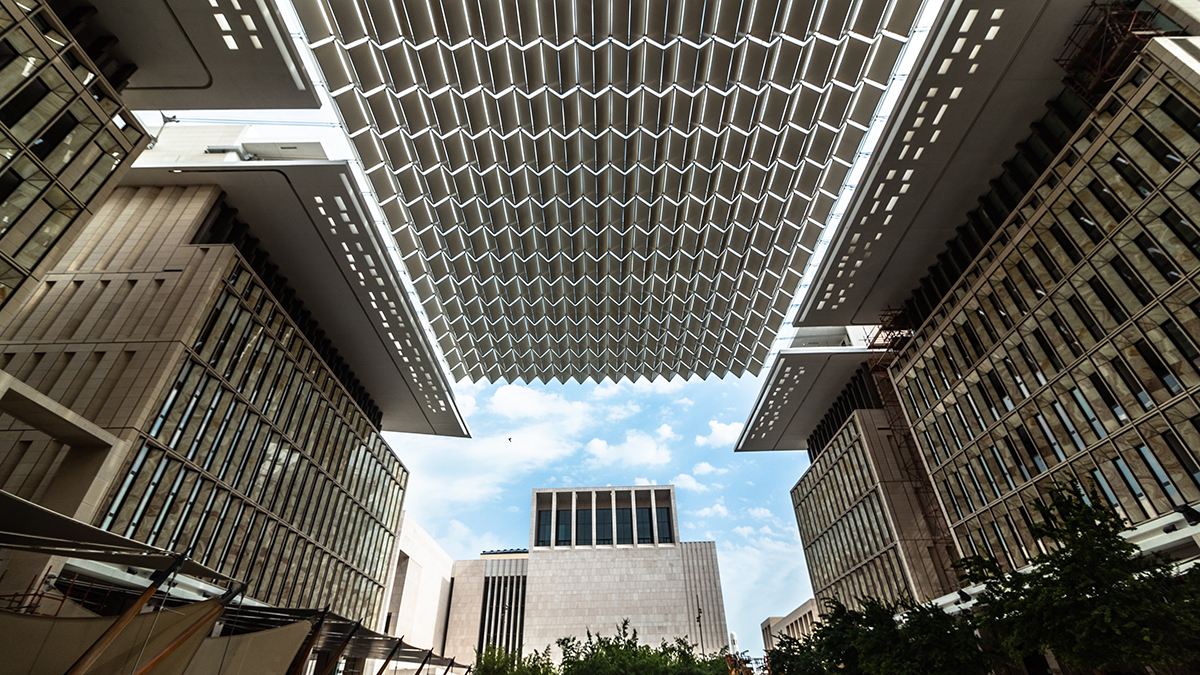
While the project still goes on, it already welcomes guests in apartments or one of the four 5-star hotels in the district. By the way, you can read more about eco-friendly Qatar hotels here.